A few days ago, I photographed a female Northern Harrier at Sequoyah National Wildlife Refuge in Oklahoma. I found her in the northwest corner of the auto tour road, a fantastic spot for spotting these birds due to the nearby open fields. I stayed in my truck, using a bean bag on the open window to keep my camera steady. This setup allowed me to capture clear, sharp images of the harrier in flight.
About the Northern Harrier
The Northern Harrier, often called the “marsh hawk,” is known for its low, smooth flight over fields and wetlands. Female harriers, like the one I photographed, are recognizable by their brown feathers and a white patch above their tail. They rely on sharp hearing and excellent vision to hunt small animals and birds. When they fly, they almost seem to float.
Observations in the Field
This harrier was gliding over the tall grass, likely searching for prey. I captured her mid-flight, showcasing her focus and grace as she hovered just above the plants. It was a clear, sunny morning, providing bright, even lighting. This lighting made her natural colors and details stand out, while the golden tones of the grass added warmth to the images. These conditions helped bring out the details in her feathers and added depth to the composition.
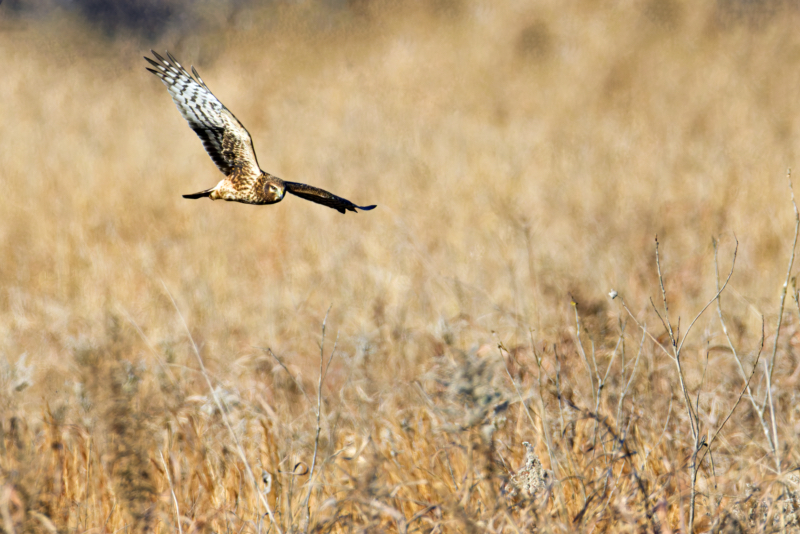
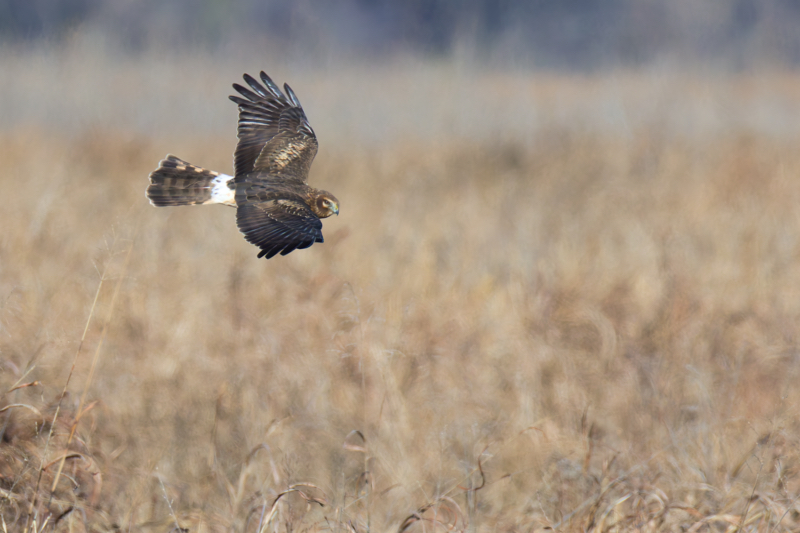
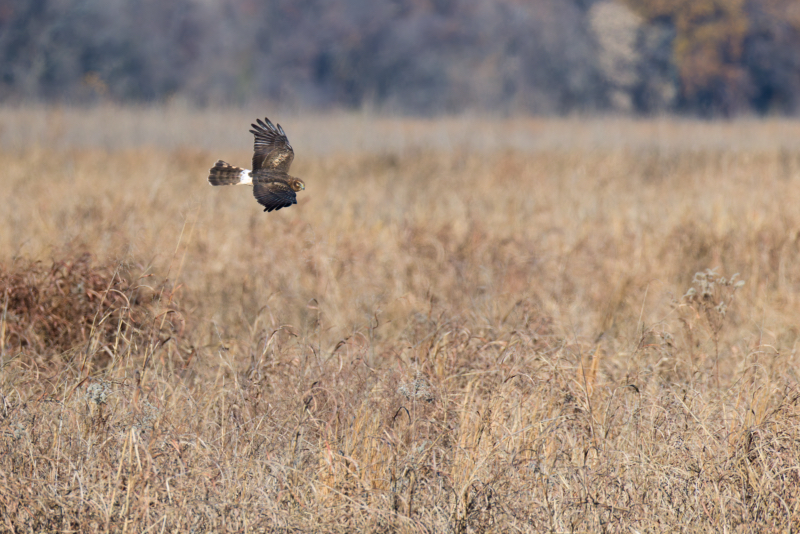
My Photography Technique
Photographing birds in flight is challenging because they move quickly, and you need to stay focused. Here’s how I approached it:
- My Setup: I used a Canon EOS R5 Mark 2 camera with a Canon RF 200-800mm lens. I zoomed all the way to 800mm for close-up shots.
- Stability: I rested my camera on a bean bag placed on the truck window. This minimized camera shake and allowed quick adjustments as the harrier moved.
Camera Settings for the Final Shot
- ISO: 1600
- Aperture: f/10
- Shutter Speed: 1/3200
- Exposure Compensation: 0
Each setting contributed to the success of the photo. ISO 1600 provided enough sensitivity with minimal noise, ensuring sharp details. The f/10 aperture kept the bird in focus while also including some of the grass in the frame to show the environment. The 1/3200 shutter speed froze the harrier’s fast movement, capturing her flight crisply. These settings worked well for photographing a quick-moving subject with a long zoom lens.
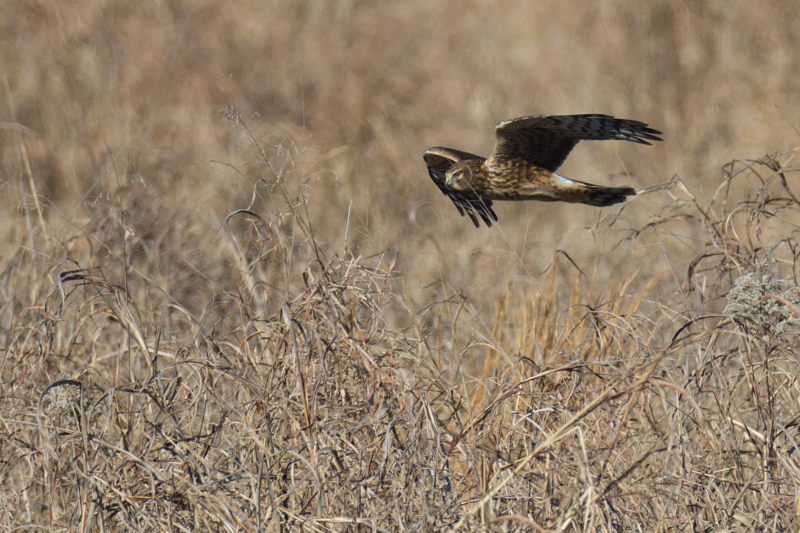
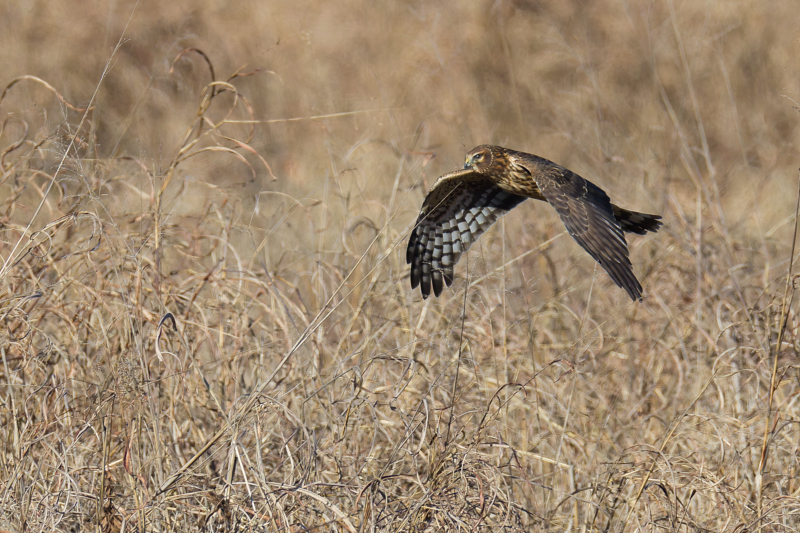
Why This Moment Was Memorable
Photographing a Northern Harrier is always a rewarding experience, but this time felt particularly special. The bird’s graceful flight, combined with the beautiful lighting, created unforgettable images. Observing her closely for a while helped me anticipate her movements, allowing me to capture the perfect moment. This experience reinforced how patience and attention to detail are essential in wildlife photography.
For those visiting Sequoyah National Wildlife Refuge, the auto tour road offers excellent opportunities to see birds of prey up close. Staying in your car helps you observe without disturbing the wildlife and provides a steady base for your camera.

We get kites and kestrels and sometimes if very lucky, owls. I’ll want to compare the predatory birds we see with this one. Thank you!
Wow! Fantastic pictures! They are such amazing birds to watch.